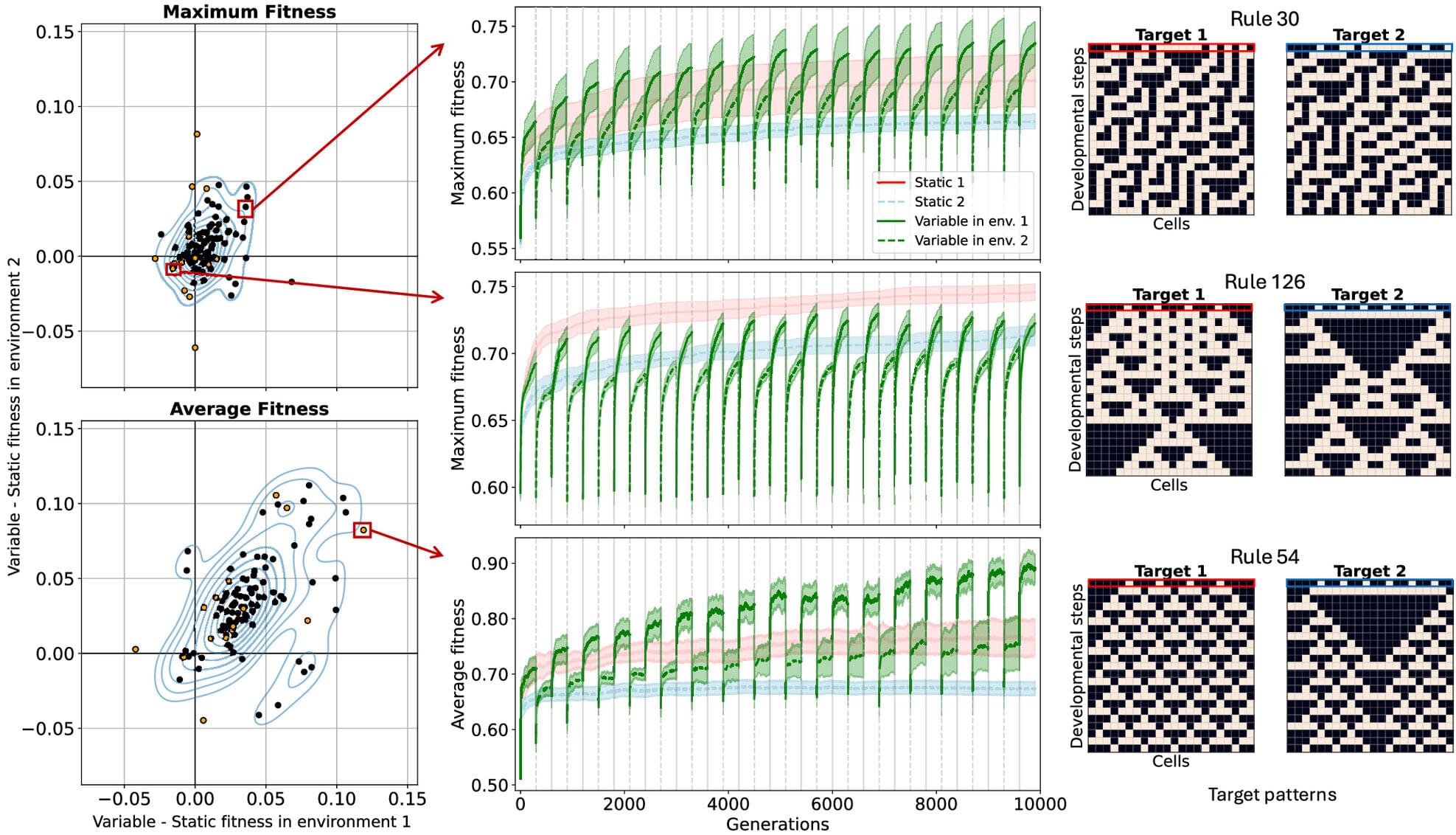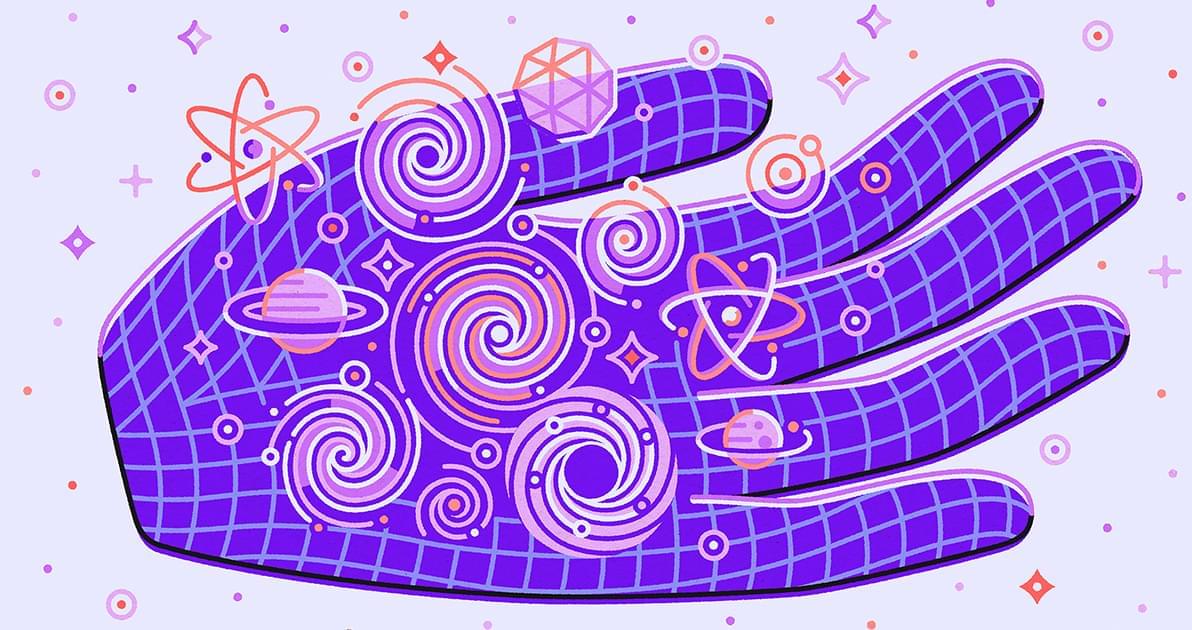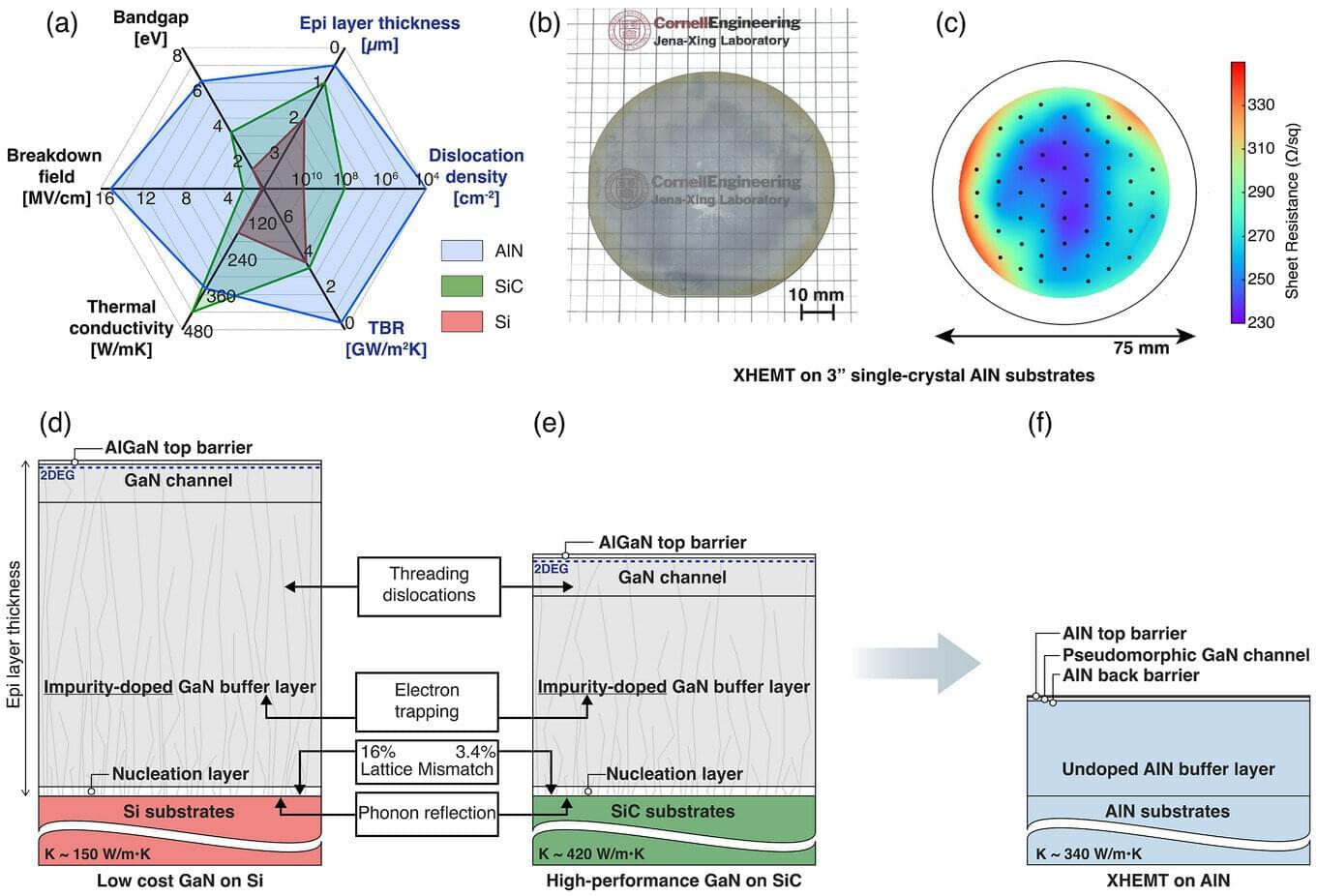Researchers have unveiled a breakthrough technology that could transform the way scientists build and study lab-grown brain tissue models. The innovation, called Cellular RedOx Spreading Shield (CROSS), delivers long-lasting antioxidant protection to stem cells, enabling the reliable production of high-quality extracellular vesicles (EVs) that strengthen neuron-glia networks.
The study, published in the journal Advanced Functional Materials, was led by University of Illinois Urbana-Champaign chemical and biomolecular engineering professor Hyunjoon Kong and chemistry professor Hee Sun Han, and performed by Ryan Miller, currently a post-doctoral fellow at Georgia Tech.
Jonghwi Lee, in the chemical engineering department at Chung-Ang University in South Korea, and Young Jun Kim at the Korean Institute of Science and Technology–Europe, collaborated on the project.







